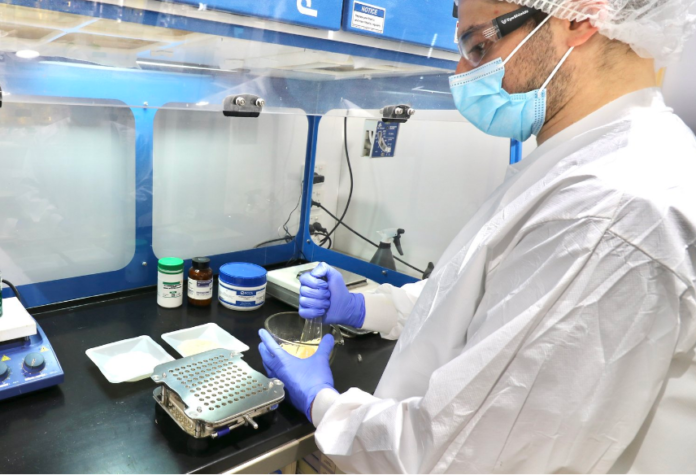Pain is a universal human experience, affecting millions of people worldwide. Whether acute or chronic, managing pain is crucial for maintaining a good quality of life. However, standard pain management approaches may not always provide adequate relief for everyone. This is where pain management compounding comes into play. In this comprehensive guide, we’ll explore the concept of pain management compounding, its benefits, applications, and how it can be an effective tool in alleviating various types of pain.
Understanding Pain Management Compounding:
Pain management compounding involves the customisation of medications to meet the unique needs of individual patients. Rather than relying solely on commercially available medications, compounded drugs are specially formulated by pharmacists to address specific pain-related issues. This personalised approach takes into account factors such as the type and severity of pain, patient preferences, and any underlying medical conditions.
The process of compounding allows pharmacists to tailor medications in various forms, including creams, gels, capsules, and topical solutions. By combining multiple active ingredients or adjusting dosages, compounded medications can target pain more effectively than off-the-shelf products. Additionally, compounding enables the elimination of unnecessary additives or allergens, making the medication safer and more tolerable for patients.
Benefits of Pain Management Compounding:
1. Personalised Treatment: Compounded medications are customised to suit the individual needs of each patient. This personalised approach increases the likelihood of achieving optimal pain relief while minimising adverse effects.
2. Alternative Formulations: Some patients may have difficulty swallowing pills or may prefer topical applications. Compounding allows pharmacists to create alternative formulations that are easier to administer and more convenient for patients.
3. Combination Therapies: Chronic pain often requires a multifaceted approach to management. Compounding enables pharmacists to combine multiple medications into a single dosage form, simplifying treatment regimens and improving patient compliance.
4. Dose Adjustment: Standard medications may not always offer the flexibility needed to adjust dosages according to individual patient responses. Compounding allows for precise dose adjustments, ensuring that patients receive the optimal amount of medication for their pain.
Applications of Pain Management Compounding:
1. Neuropathic Pain: Neuropathic pain, caused by damage or dysfunction of the nervous system, can be challenging to manage with conventional medications. Compounded formulations containing neuropathic pain medications such as gabapentin or ketamine may offer relief when standard treatments fail.
2. Musculoskeletal Pain: Conditions such as arthritis, back pain, and fibromyalgia often involve musculoskeletal pain that can be debilitating. Compounded topical creams containing anti-inflammatory agents, muscle relaxants, or analgesics can target pain directly at the site of discomfort.
3. Migraine Management: Migraines are severe headaches characterised by throbbing pain, often accompanied by nausea and sensitivity to light and sound. Compounded medications combining migraine-specific medications such as triptans with anti-nausea agents may provide more effective relief than standard treatments.
4. Palliative Care: Patients receiving palliative care for terminal illnesses may experience complex pain syndromes that require tailored interventions. Compounded medications can address various aspects of pain, including neuropathic, nociceptive, and breakthrough pain, to improve comfort and quality of life.
Conclusion:
Pain management compounding offers a personalised approach to pain relief, allowing pharmacists to tailor medications to meet the unique needs of individual patients. By customising formulations, adjusting dosages, and combining multiple medications, compounded drugs can provide more effective pain relief than standard treatments alone. However, it’s essential to approach pain management compounding service with caution, ensuring that compounding medications are safe, effective, and appropriate for each patient’s needs. With proper regulation, collaboration between healthcare providers and compounding pharmacists, and patient education, pain management compounding can be a valuable tool in improving the quality of life for individuals living with pain.





















